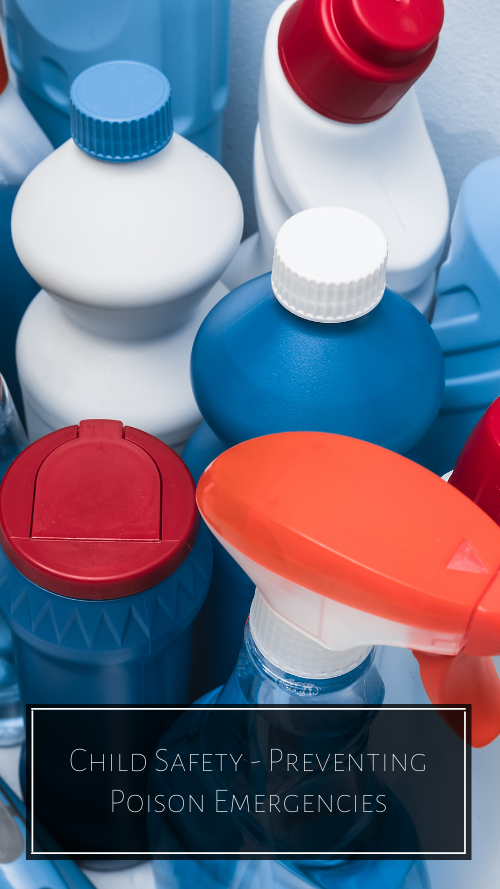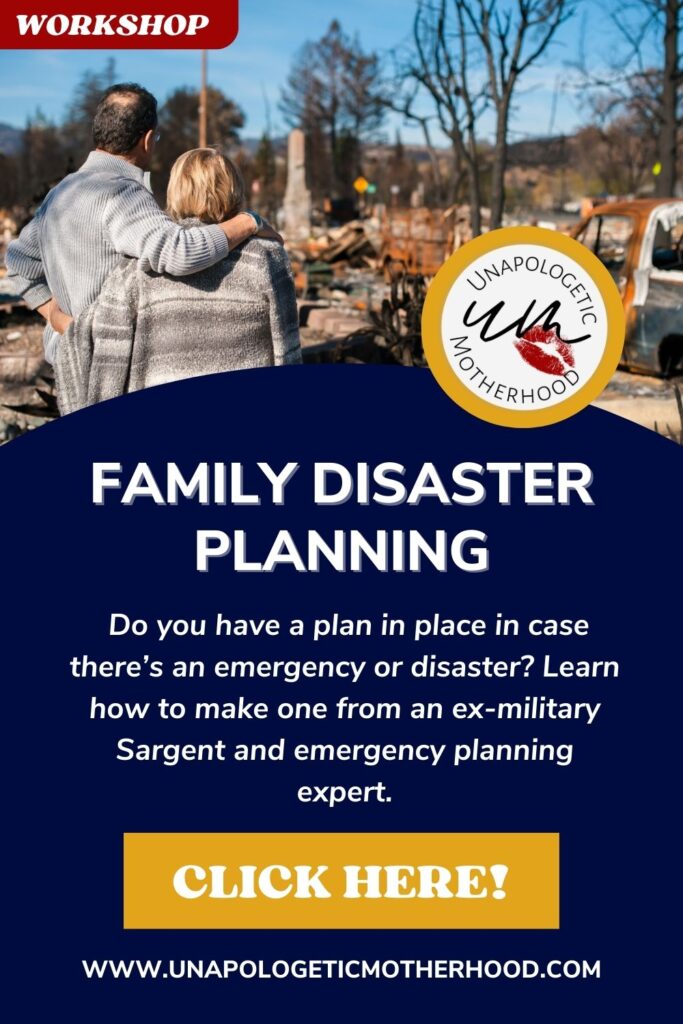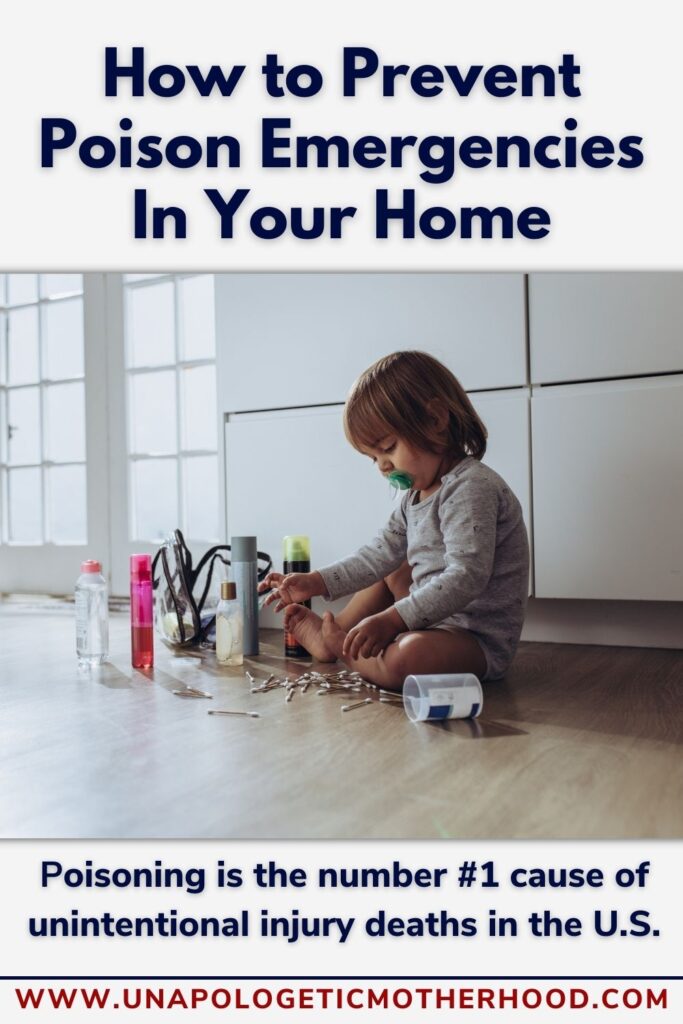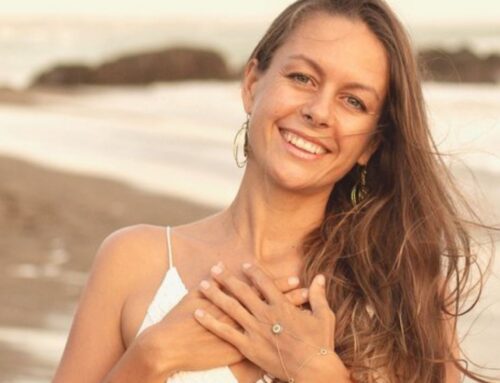You know that unsettling feeling you get as a parent when it’s just a little too quiet? Sometimes it’s just your toddler passing out for a quick nap in some odd place like on the Elmo potty or cuddling a houseplant in the living room (true story!). Other times it’s an all-hands-on-deck, cleanup-required event that ends up as a cute TikTok. And then there are those times that result in a panicked Dr. Google consult, or better yet, a visit to poison.org or call to Poison Control.

Written by Krista Osterthaler, MPH
National Capital Poison Center, a 501(c)(3) organization – www.poison.org
Krista Osterthaler is the Director of Development & Communications for the National Capital Poison Center, a 501(c)(3) nonprofit and accredited poison control center in Washington, DC. Krista began her career as a high school biology teacher, first joining poison control as a poisoning prevention educator in 2011. Krista has since served as Vice President for the American Association of Poison Control Centers, Chair of the National Poisoning Prevention Council, and Director of Programs and Research at Safe Kids Worldwide. Krista is the mom of two little mischief-makers, a rescued English Setter, and a Bearded Dragon.
You may be surprised to learn that poisoning is the number #1 cause of unintentional injury deaths in the U.S. It may also surprise you that Poison Control responds to more than 2 million callers each year, around half of which are from people who need help managing suspected poisonings after their kid got into something they shouldn’t have. But what about the people who can’t or don’t want to call? Like the mom whose toddler is screaming because, quelle surprise, vanilla body spray doesn’t taste as good as it smells. That mom, and many other parents and caregivers turn to webPOISONCONTROL® for help. While the free app also manages plenty of “my husband drank Windex because he thought it was Gatorade” cases, more than 62% of POISONCONTROL cases are about kids under six.
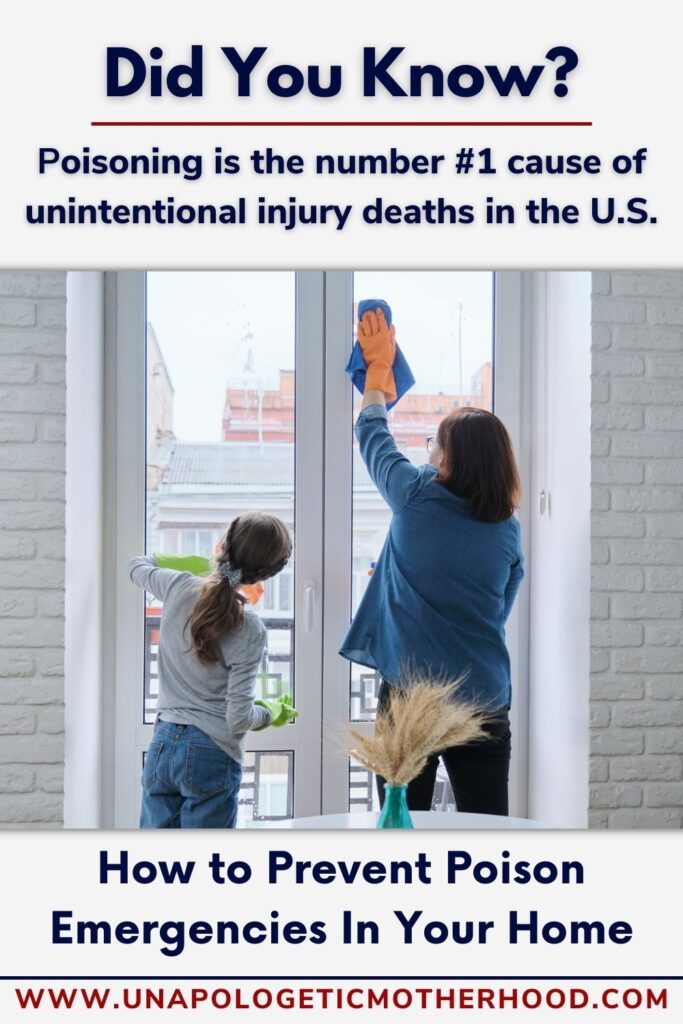
But what is a “poison,” exactly? The simplest answer is just about anything can be poisonous when used in the wrong way, in the wrong amount, or by the wrong person. That’s why poisoning prevention educators like me don’t spend a lot of time telling people what products and substances they should keep out of their homes. I mean, you probably don’t need to know that arsenic or cyanide lying around is dangerous but what about laundry products? Over-the-counter medicines? Lotions and creams? Bug spray? Essential oils? These products, among many others typically found in homes, can be poisonous under the right (or should I say “wrong”!) circumstances.
The good news is: 1) you can prevent most unintentional poisonings, and 2) when you need us, Poison Control is just a click or call away. Whether you prefer to get help online or call, Poison Control provides private, free, and 24/7 expert guidance and peace of mind, year-round, year after year.

Here are some quick poisoning prevention tips:
Be prepared for an emergency and act fast if you suspect a poisoning.
Contact Poison Control immediately if your child got into something and you have any doubt about whether it’s dangerous:
- Save the national Poison Control number in your phone and post it in your home. 1 (800) 222-1222. It’s free, private, and calls are answered by experts. Those experts have heard it all. Don’t be embarrassed to call.
- Don’t want to use the phone? Bookmark www.poison.org or download the webPOISONCONTROL app on the App Store or Google Play. Poison Control guidance is available online for those who can’t or prefer not to call.
Practice safe storage habits.
- Certain substances, like medicines, can be particularly dangerous for kids. Those items should be stored up, away, and out of sight. For things that can’t be stored safely, use child-resistant cabinets and containers. But, keep in mind that there is nothing 100% child-proof.
- Keep products in their original containers. Don’t put non-food or non-beverage substances in containers meant for consumables.
Read and follow labels and directions.
- Review product labels prior to their use, especially before taking or administering medications.
- Follow usage instructions as well as those about safe storage and disposal.
Prevent danger from invisible threats.
- Install carbon monoxide detectors in your home.
- Install radon detectors if your home is at risk.
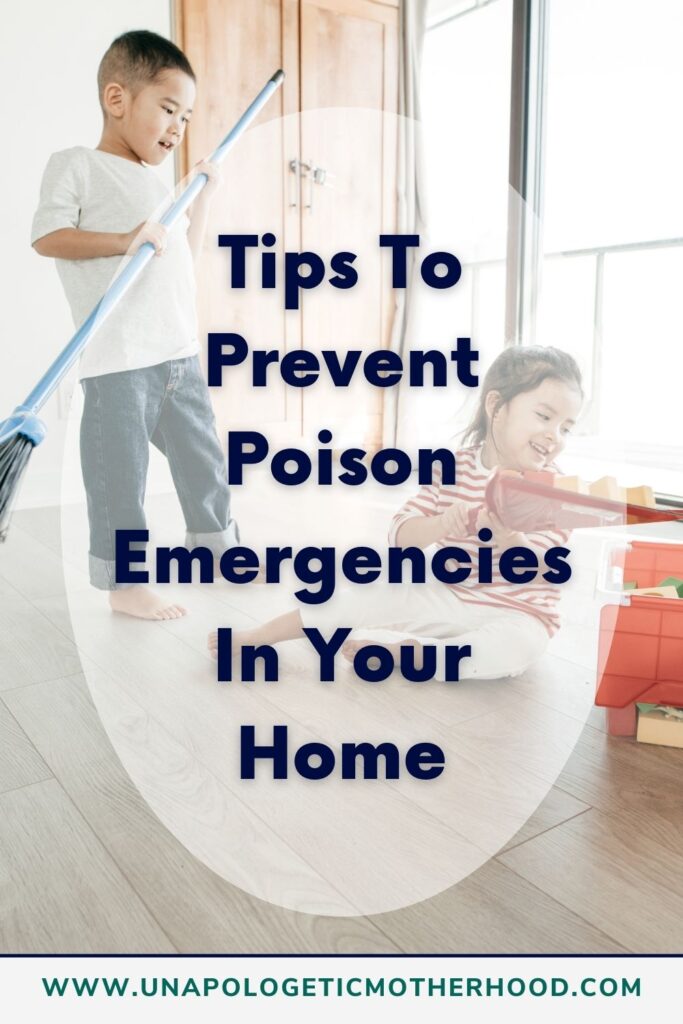
Happy National Poisoning Prevention Week, fellow parents. May all your eerily quiet parenting moments resolve in a chuckle.

Krista Osterthaler, MPH
National Capital Poison Center, a 501(c)(3) organization – www.poison.org
Krista Osterthaler is the Director of Development & Communications for the National Capital Poison Center, a 501(c)(3) nonprofit and accredited poison control center in Washington, DC. Krista began her career as a high school biology teacher, first joining poison control as a poisoning prevention educator in 2011. Krista has since served as Vice President for the American Association of Poison Control Centers, Chair of the National Poisoning Prevention Council, and Director of Programs and Research at Safe Kids Worldwide. Krista is the mom of two little mischief-makers, a rescued English Setter, and a Bearded Dragon.
Social Media for the National Capital Poison Center and webPOISONCONTROL:
- Instagram: poison.control
- Twitter: @NationalPoison
- Facebook: National Capital Poison Center
- YouTube: webPOISONCONTROL®
Please use #NPPW and #PoisonControl.

